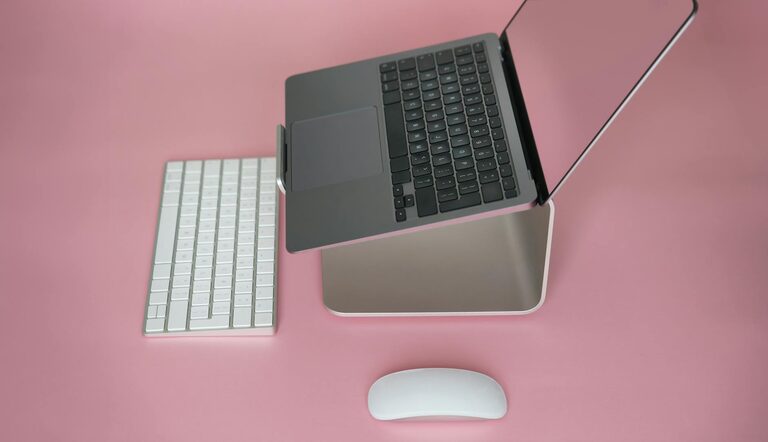Setting up a charging station for your devices is a smart way to keep your gadgets powered up and your space tidy. Whether you have smartphones, tablets, smartwatches, or other rechargeable electronics, a designated charging area helps reduce clutter and keeps cords organized. In this step-by-step guide, we’ll walk you through everything you need to create an efficient and user-friendly charging station at home.
Why Set Up a Charging Station?
Many of us juggle multiple electronic devices daily. Charging them all in different spots leads to tangled cords, lost chargers, and disorganized spaces. A centralized charging station offers several benefits:
– Keeps devices in one place
– Avoids cord mess and potential damage
– Charges multiple gadgets simultaneously
– Makes it easy to find and grab chargers when needed
– Enhances the look of your workspace or living area
What You’ll Need
Before you start, gather materials and tools to create your charging station. Here’s a basic list to get started:
– Power strip with surge protection
– Multi-port USB charger or individual chargers
– Charging cables for each device
– Container or organizer (like a tray, box, or drawer organizer)
– Cable management accessories (clips, ties, sleeves)
– Label maker or tags (optional)
– Velcro strips or adhesive mounts (optional)
Step 1: Choose the Right Location
Pick a convenient spot in your home where you usually use or store your devices. Ideal locations include:
– Near your desk or workspace
– Entryway console table
– Nightstand or bedside table
– Kitchen counter corner
Make sure there is a power outlet nearby to plug in your power source. Also, consider a place where the cords won’t create tripping hazards or interfere with daily activities.
Step 2: Select a Suitable Power Source
A safe, reliable power source is essential for your charging station. You can choose from:
– Surge protected power strip: Offers multiple outlets and protects devices from electrical spikes.
– Multi-port USB charger: Allows you to connect several USB devices simultaneously, freeing up wall outlets.
– Combination: Use a power strip along with a multi-port USB charger for more flexibility.
Avoid daisy-chaining power strips or overloading outlets to reduce fire risks.
Step 3: Organize Your Charging Devices
Sort out the devices you’ll include in your station. Common items include:
– Smartphones
– Tablets and e-readers
– Smartwatches and fitness trackers
– Wireless earbuds and headphones
– Portable game consoles
Group them according to charging needs or frequency of use to plan your layout effectively.
Step 4: Set Up Charging Cables and Manage Wires
Managing cables is often the trickiest part. Follow these tips to keep cords organized:
– Use a charging station organizer with individual slots or compartments for each device.
– Attach adhesive cable clips or holders along the edge of your desk or box to route cables neatly.
– Bundle excess cable length with reusable Velcro ties or rubber bands.
– Label cables or ports if you have multiple similar chargers to avoid confusion.
– Consider wireless chargers for devices that support them to eliminate cords entirely.
Step 5: Arrange Devices Neatly
Place the devices in the designated compartments or trays, plugging in their cables securely. Make sure each device has enough space to stay stable and not block ventilation.
Pro tip: Avoid stacking devices directly on top of each other, as this can cause overheating.
Step 6: Test Your Charging Station
Once everything is set up, plug in your power source and test each port or outlet. Ensure all devices are charging correctly. Adjust cable routes if needed to improve accessibility and neatness.
Additional Tips for an Effective Charging Station
– Keep it clean: Dust regularly to avoid buildup around connectors.
– Travel-friendly: Use a portable charging station or organizer if you often move between locations.
– Safety first: Check chargers and cables periodically for wear and tear.
– Customize: Decorate or personalize your station with colors, labels, or themes to make it more inviting.
– Power backup: Consider a battery backup or power bank to keep devices charged during outages.
Conclusion
Setting up a charging station is a practical and easy way to keep your devices powered, protected, and well organized. With the right location, power source, and cable management tools, you can create a clutter-free charging hub that saves time and frustration. Plus, it adds a neat and functional element to your home or workspace that everyone can appreciate.
Try setting up your own charging station today, and enjoy the convenience of having all your gadgets charged and ready to go in one place!

